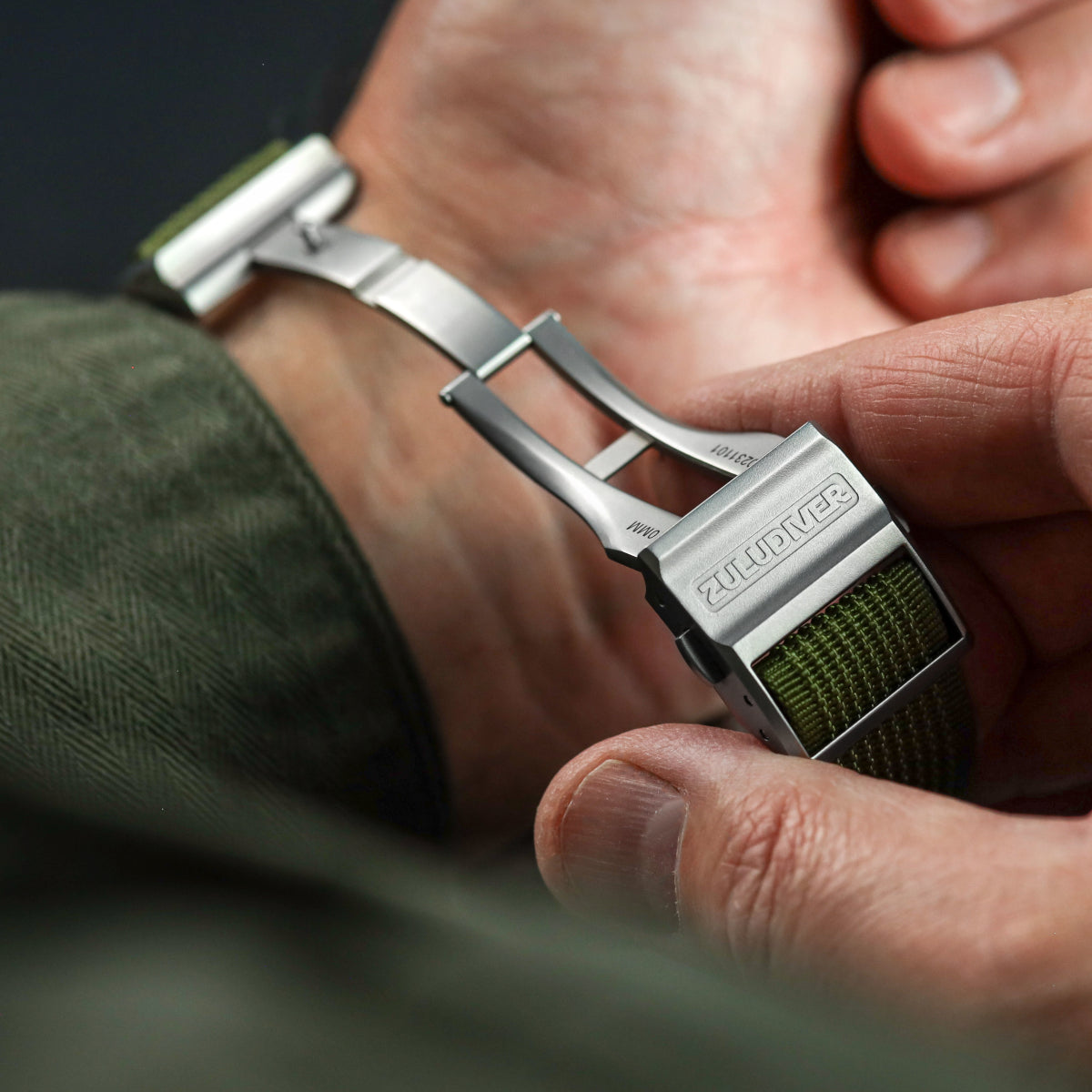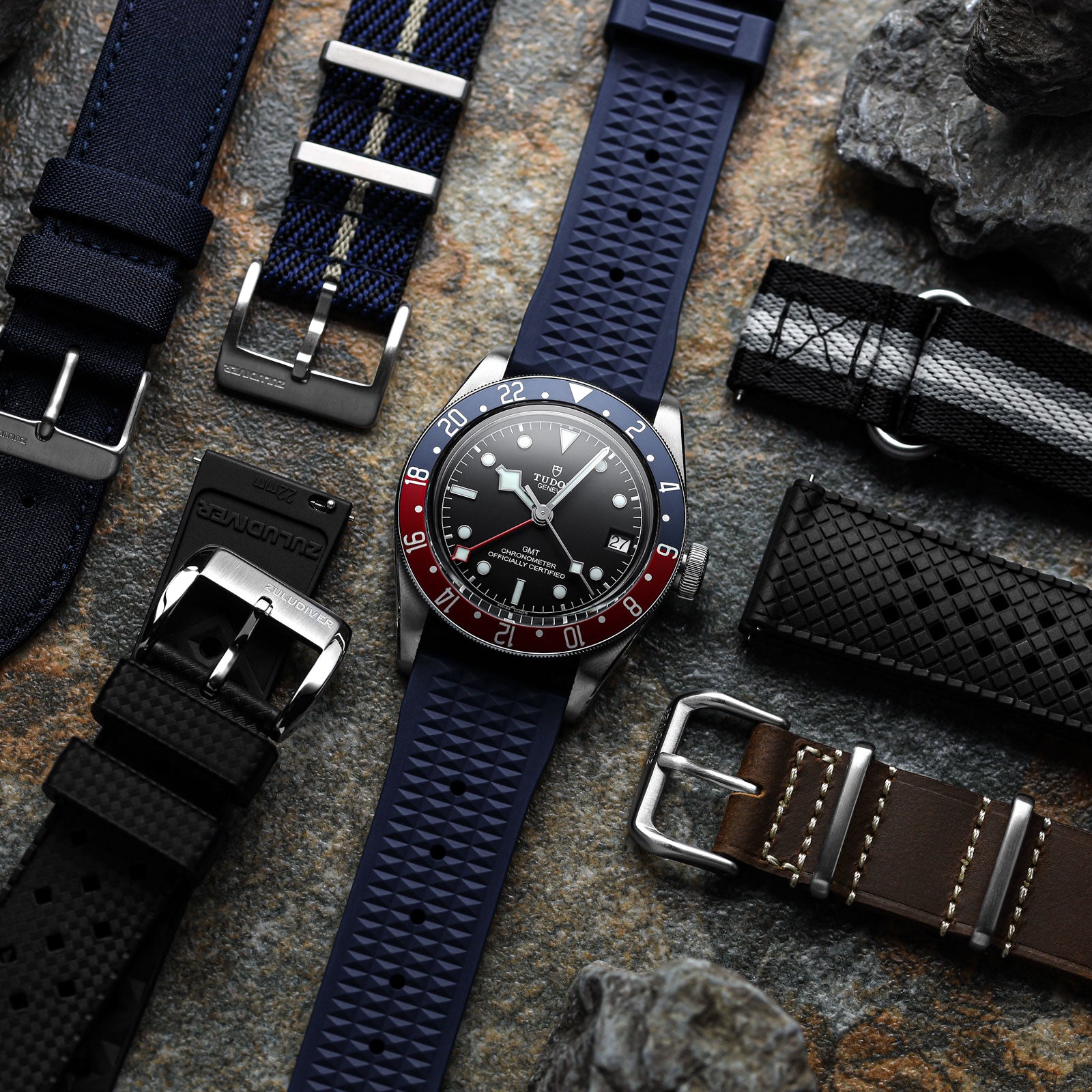Your Cart is Empty
Buy 4 OctoPod Straps, Get 1 FREE!
Buy 4 OctoPod Straps, Get 1 FREE!

North Cornwall Sea-Cliff Climb
November 17, 2020
A taste of North Cornwalls Sea-Cliffs
A rare sunny day this October and the ZULUDIVER team were lucky enough to find themselves in North Cornwall on a content gathering expedition.
Our Brand Manager, videographer, and photographer geared up with their tools ready to work their magic, whilst myself and my climbing buddy James prepare to explore the Cornish sea-cliffs for the first time.
The route we have decided to climb was called ‘Caprice’ at Doyden Point. This is located at Port Quinn which is a National trust site and the climb route itself was just below the Doyden Castle and it truly was a stellar route.

The sheer rock faces and the extreme rock formations of the different environment is simply amazing and makes Sea-cliff climbing quite unique.
It is very atmospheric with the waves crashing below, the birds flying around and an occasional curious seal that pops up.
The memories and the feelings are incomparable, all whilst pushing your physical and mental limits, it is very addictive.
Here I answer some of the questions I have been asked by graduates from the University of Worcester who have studied Outdoor Adventure Leadership and Management. Kick back, grab a coffee and enjoy!
How did you get introduced into sea-cliff climbing?
I am fortunate to work alongside passionate climbers who are extremely keen and supportive, a couple of which have been climbing for over 10 years. John already had experience of sea-cliff climbing, I asked him for guidance, and he was happy to help. Basically, I was surrounded by the right people, who have been there and done it. ‘Dream of White Horses’ was my first sea-cliff climb and if you would like to hear more about the experience, check out the blog.
Why is sea-cliff climbing so good?
It is truly unique.
Having the skills and experience to go over the edge is very rewarding. The commitment and self-control needed to step into that situation, is an empowering experience. You get to explore and discover your physical and mental boundaries, as well as experiencing the best of wild nature from an angle that not many get to see.
The feelings and the overall experience, there is nothing like it.

How did you find the route and why did you choose that specific one?
Research was the key. I looked for guidebooks by local activists and the main guidebook providers such as the Climbers Club and BMC. Ultimately, I will always look on UKC and Rockfax as they tend to be very detailed and the most up to date. I chose the route for many reasons, mainly because it was a single pitch, it was non-tidal, was protected from the wind, had afternoon sun, very clear access point and easy approach, appropriate level of climbing, no restrictions, rock quality was good, abseil point was safe etc.

What was so special about the Cornish sea-cliffs?
The stretch of the coastline at Doyden Point is very picturesque, probably the nicest place I have visited in the UK. The sort of place you would take your dog for a walk every single morning 365 days a year, or perhaps a daily run. Climbing on the dramatic formations felt like a dream.
Was it difficult having the camera crew taking pictures and filming you climbing?
It was the first time for James and me to be involved with a professional filming crew whilst climbing. Considering the access, safety constraints and the clarity of boundaries were the key thinking behind the processes. Although there was a lot to juggle, both me and James are Rock Climbing Instructors and it was second nature to us, one of the main reasons why we felt confident going into that environment. The crew could have not been any better, it was not difficult, it was fun.
What was the best part of climbing ‘Caprice’ at Doyden Point?
Everything fell into place, the weather was perfect, the climbing was spectacular, very well protected and we had all the time in the world. We had nothing to worry about, we took it very steady, was in no rush and we were just able to enjoy every single moment, we had a lot of fun. I remember stopping at least three or four times, getting the phone out to take pictures, an opportunity which we do not often get when climbing.

What was the scariest part of the climb?
There is always a numerous amount of emotions bouncing around your head but there were two occasions that I remember the most. Going over the edge at the top is always the most nerve racking, where the danger becomes real and there is no room for mistakes. A bit like parachute jumping, once you jump out of the plane, there is nobody there to hold your hand, it is just you, your skills and your knowledge and you have to deal with everything that comes your way. The second was, building my anchor at the bottom and making sure I do not fall into the sea, very unlikely but I always think about it. I guess that is because the consequences are quite high.

How can people get into sea-cliff climbing?
The best and easiest way of getting involved in sea-cliff climbing is by hiring a suitably qualified instructor to guide you through the process. Ideally someone who holds the Mountaineering and Climbing Instructor (MCI) award. Visit Mountain Training for more comprehensive details where you can also find local instructors.
Top tips for sea-cliff success?
It is very difficult to give people advice, especially with such a dangerous activity. It is always best to seek professional advice from a certified and recognised association such as the BMC.
Their Summit Magazine #91 for Autumn 2018 provides 13 essential skills for a successful sea-cliff climbing experience:
- Use the guidebook
- Start easy
- Understand the tide
- Watch the sea
- Be flexible
- Use a static rope
- Improve your self-rescue skills
- Have a back up plan
- Be wary of rock quality
- Do not trust fixed gear
- Wash your kit out
- Pack a first-aid kit
- Watch the new series of BMC tv films. However, there is so much more to it, research is the key.
Watches
Whilst climbing ‘Caprice’, myself and James had the pleasure of wearing a few different types of Geckota watches. The G1, C1, E1 and G2 are very practical and sophisticated, all worth exploring in detail. However, the most recent release Sierra Zero One Phalanx (S-01) was the most intriguing. Designed by Special Operations agent, a watch with real-world operational viability that is also suitable for any outdoor enthusiast. A unique timepiece that I would take with me on every adventure.






